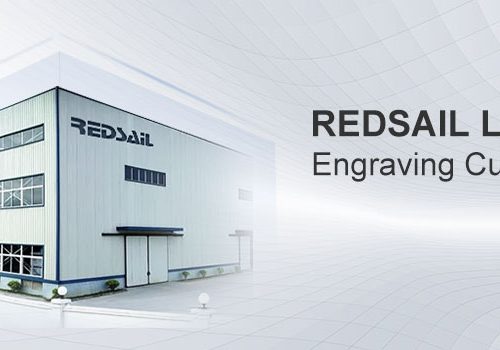
Optical fiber laser cutting machine is a common large-scale processing equipment in the modern metal processing and manufacturing industry. The application of laser technology in machine tools overcomes the shortcomings of traditional plasma cutting or flame cutting. It is widely used in all walks of life with ultra-fine gaps and ultra-high precision cutting methods. In particular, the metal optical fiber laser cutting machine has shown explosive development momentum in recent years.
Customers who use optical fiber laser cutting machine should know that it must use auxiliary gas in the cutting process, which is exactly the case. Many people are concerned about the problem of “auxiliary gas”.
So, today we will talk about why the fiber laser cutting machine should add auxiliary gas in the cutting process and how users can reasonably use the auxiliary gas.
Why add auxiliary gas during processing?
Before figuring out how to select auxiliary gas, it is necessary to first understand why auxiliary gas is used and its role. Experience summary: In addition to blowing away the slag in the coaxial slit, the auxiliary gas can also cool the surface of the processed object, reduce the heat affected zone, cool the focus lens, and prevent smoke and dust from entering the lens base to pollute the lens and cause overheating of the lens; In addition, some cutting gases can also protect the base metal. The selection of gas pressure and type has a great impact on the cutting process, and the selection of auxiliary gas type will have a certain impact on the cutting performance, including cutting speed, cutting thickness, etc.
Characteristics of auxiliary gas
The auxiliary gases that can be used by the laser cutting machine are mainly air, nitrogen, oxygen and argon. Now we will introduce the use and characteristics of Longtai Laser for different auxiliary gases. (For your reference only)
1. Air
Air can be directly supplied by air compressor, so it is very cheap compared with other gases. Although the air contains about 20% oxygen, the cutting efficiency is far less than oxygen, and the cutting capacity is similar to nitrogen. A small amount of oxide film will appear on the cutting surface, but it can be used as a measure to prevent the coating layer from falling off. The end face of the incision is yellow.
The main applicable materials are aluminum, aluminum alloy, stainless copper, brass, galvanized steel plate, non-metal, etc. However, when the quality requirements of cutting products are high, aluminum, aluminum alloy, stainless steel, etc. are not suitable for air, because air will oxidize the base metal.
2. Nitrogen
When some metals are cut, oxygen will form an oxide film on the cutting surface, and nitrogen can be used for non oxidizing cutting to prevent the appearance of oxide film. Therefore, it has the characteristics of direct welding, coating and strong corrosion resistance. The end face of the incision is white.
The main applicable plates are stainless steel, galvanized steel plate, brass, aluminum, aluminum alloy, etc.
3. Oxygen
It is mainly used for laser cutting carbon steel. When the oxygen reaction heat is used to improve the cutting efficiency in large format, the oxide film produced will improve the beam spectral absorption factor of the reflective material. The end face of the incision is black or dark yellow.
It is mainly applicable to rolled steel, rolled steel for welding structure, carbon steel for mechanical structure, high tension plate, tool plate, stainless steel, electroplated steel plate, copper, copper alloy, etc.
4. Argon
Argon is an inert gas, which is used to prevent oxidation and nitridation in laser cutting, and also used in welding. Compared with other processing gases, the price is high, which increases the cost accordingly. The end face of the incision is white.
The main applicable materials are titanium, titanium alloys, etc.
Selection of auxiliary gas
In the above contents, many gases can be used in general. The cutting cost and product requirements should be taken into account, for example, when cutting stainless steel materials, when there is no high requirement for product quality or surface quality, such as the later stage of cutting products need to go through painting and other processing procedures, air can be used as the cutting gas, which can reduce many costs. When the cut product is the final product and there is no subsequent process, it is necessary to use protective gas, such as process products. Therefore, the gas must be selected according to the characteristics of the product during cutting and blanking.

